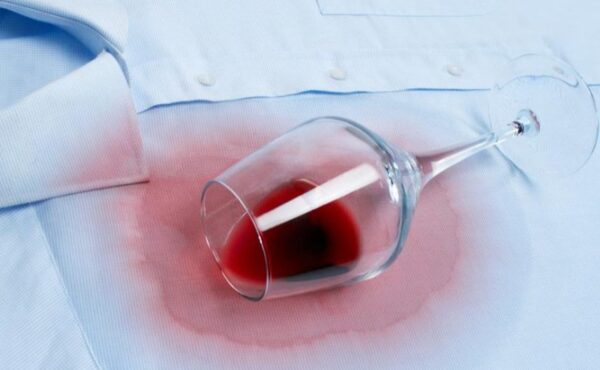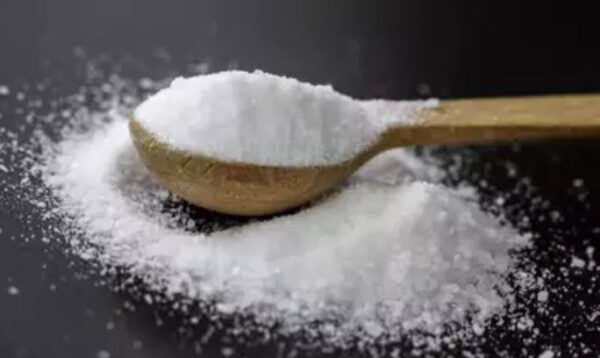Lifestyle
Ladies, here’s how to get rid of facial hair with baking soda

Facial hair is a topic many of us find a bit awkward to discuss, but, it’s a completely normal part of life.
While there are numerous methods to tackle this situation, today we’re exploring one of the more unconventional yet popular home remedies: baking soda.
However, before you proceed, it’s crucial to approach this method with caution.
Baking soda, while praised for its versatility, might not be the miracle cure for everyone and could potentially irritate your skin.
So, let’s tread carefully and discuss how to use this household item safely and effectively for facial hair removal.
Safety first
Before you even think about applying anything new to your face, conducting a patch test is non-negotiable. Choose a small area on your arm and apply a tiny amount of the baking soda mixture.
This step is your safety net to ensure your skin doesn’t react negatively. Furthermore, if you have sensitive skin or any underlying skin concerns, consult your dermatologist. It’s better to be safe than sorry.
Baking soda application
Making the paste is straightforward – mix the baking soda with water to create a simple paste. Once you have your mixture, gently apply it to the area of your face where you’d like to remove the hair. Allow it to dry for a few minutes – this shouldn’t take long. After it’s dried, rinse it off thoroughly with lukewarm water and pat your skin dry with a soft towel.
Realistic expectations
Baking soda can be effective in lightening or softening facial hair, but it’s important to manage your expectations. This method is unlikely to provide permanent hair removal. The results can vary widely from person to person, and for some, it might not be the solution they’re hoping for.
If you’re looking for more definitive hair removal methods, alternatives such as shaving, waxing, or threading might be worth exploring. Each method has its pros and cons, and what works best will depend on your individual skin type and hair growth.
Natural alternatives (optional)
If baking soda doesn’t seem like the right fit for you, or you’re simply curious about other natural options, there are several other home remedies you can explore, such as sugar scrubs or turmeric paste. Just like with baking soda, perform a patch test before applying these mixtures to your face. Natural doesn’t always mean risk-free, especially when it comes to your skin.
Importance of consultation
Lastly, we cannot stress enough the importance of consulting with a dermatologist, particularly if you’re considering long-term solutions for facial hair removal. A professional can provide personalised advice and recommend treatments that are best suited to your skin type and hair growth patterns.










